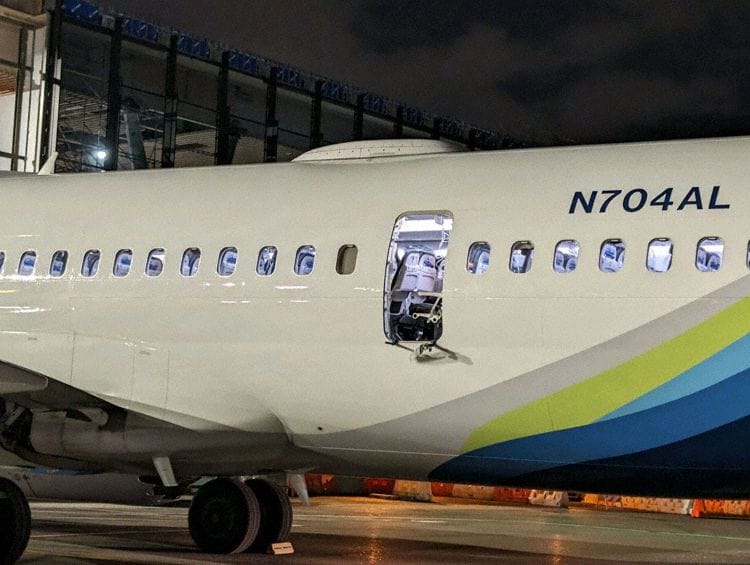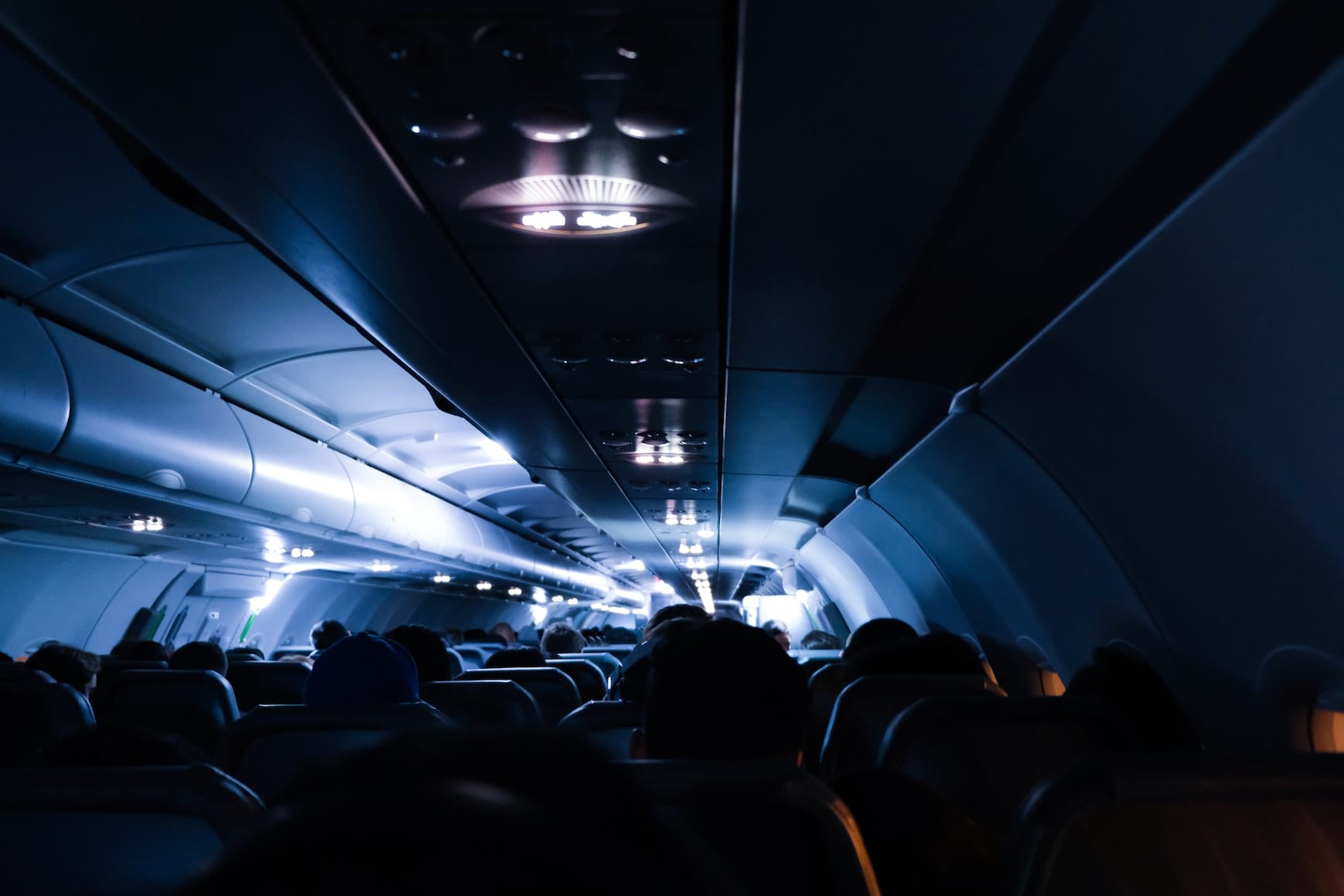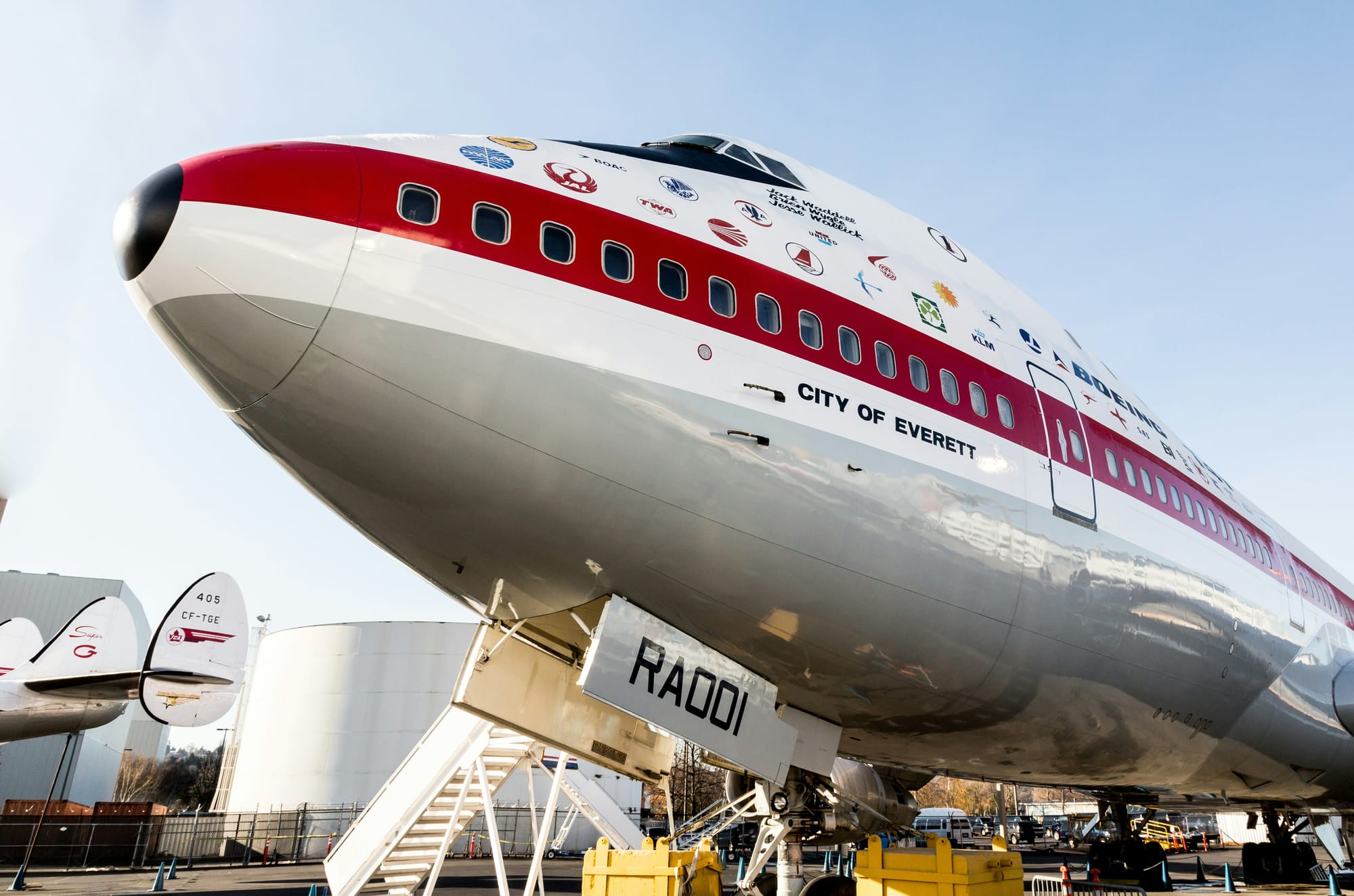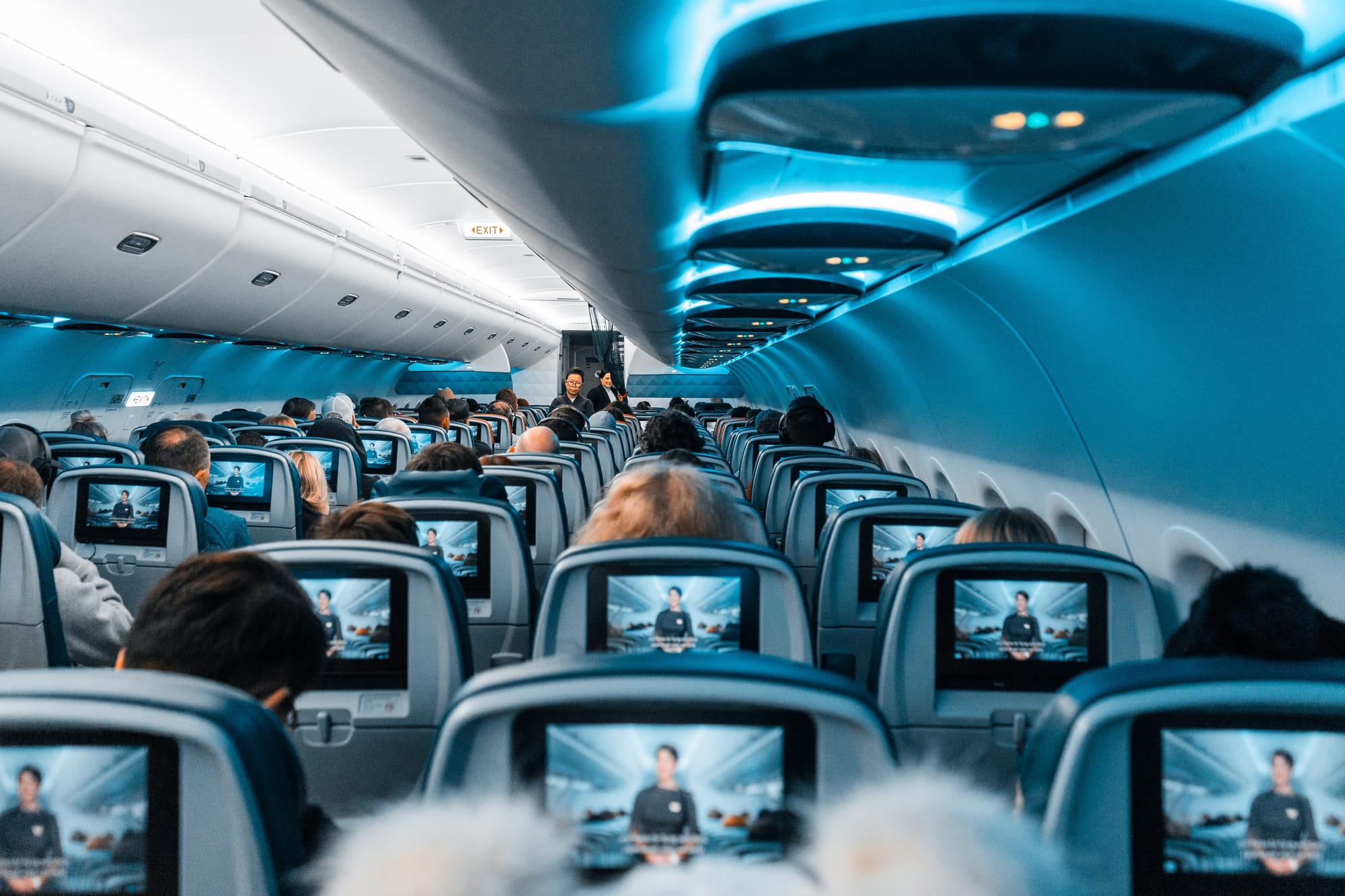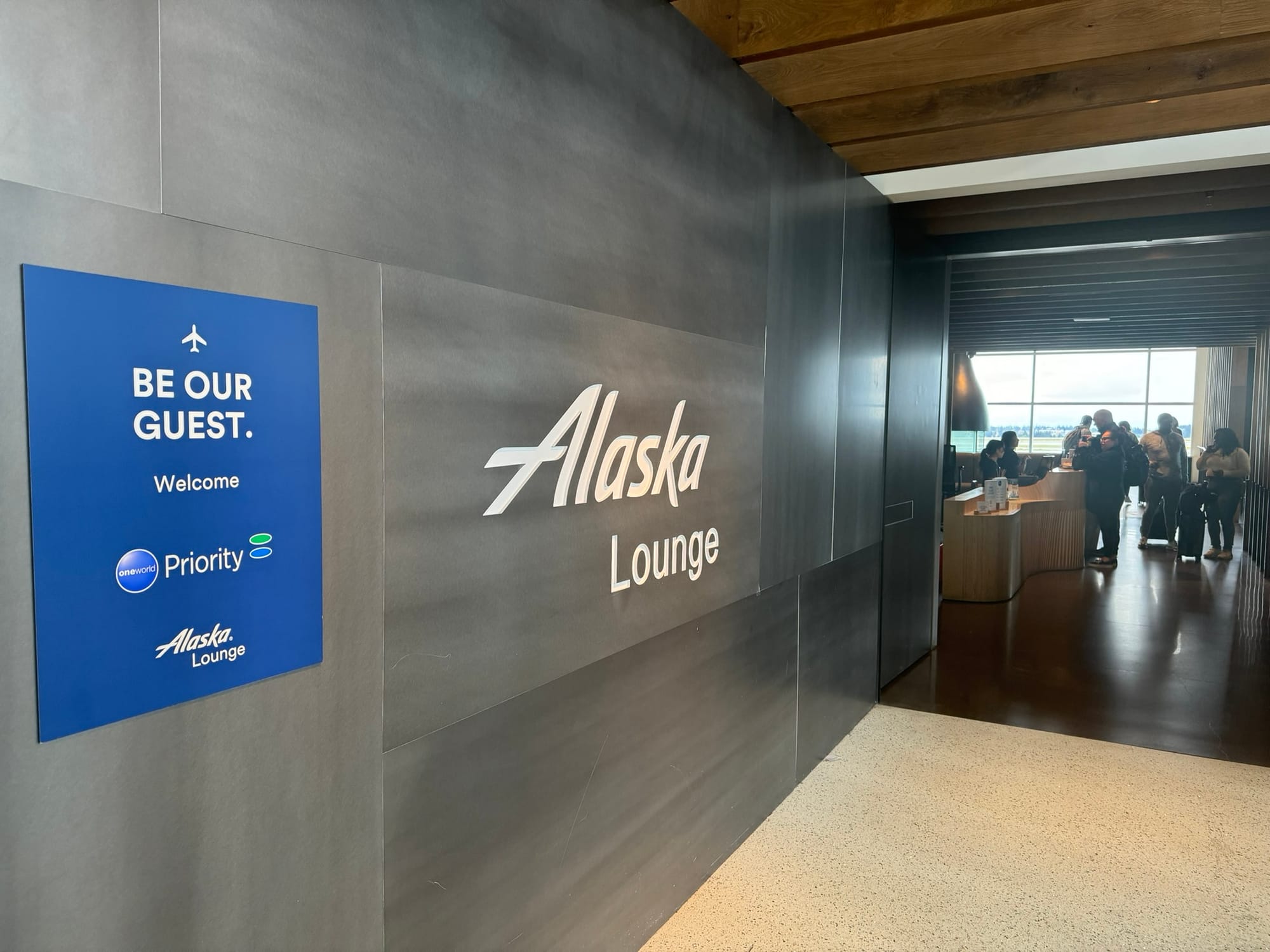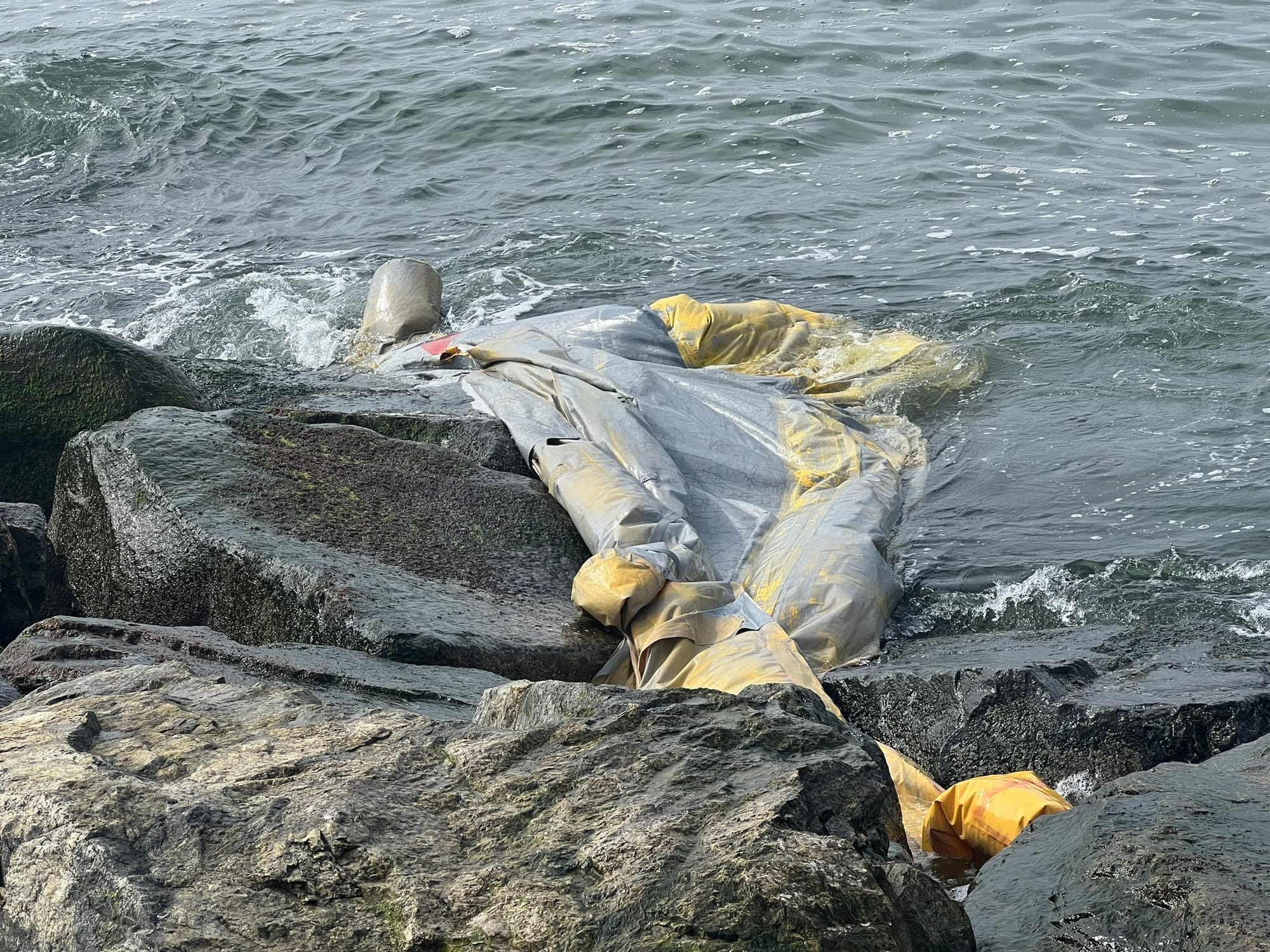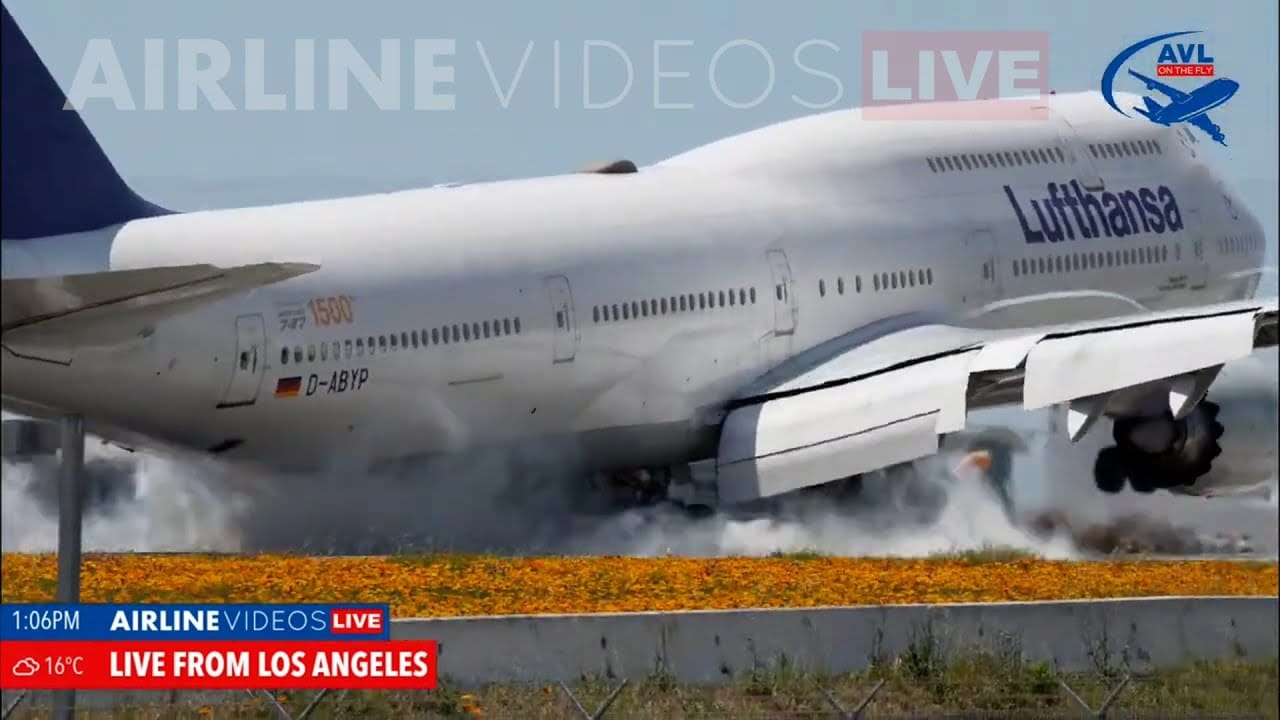Imagine cruising at 30,000 feet in a Boeing 737, lulled by the gentle hum of the engines. Suddenly, a deafening bang rips through the air, followed by a chilling rush of wind. Oxygen masks deploy, faces etched with confusion and fear. This was the unsettling reality for passengers on an Alaska Airlines 737 Max 9, the culprit? A seemingly innocuous yet critical component – the 737 door plug.
So, what exactly is a door plug, and why does its malfunction spark such dramatic consequences? Let's delve deeper into this often-invisible guardian of the skies.
Emergency Exits
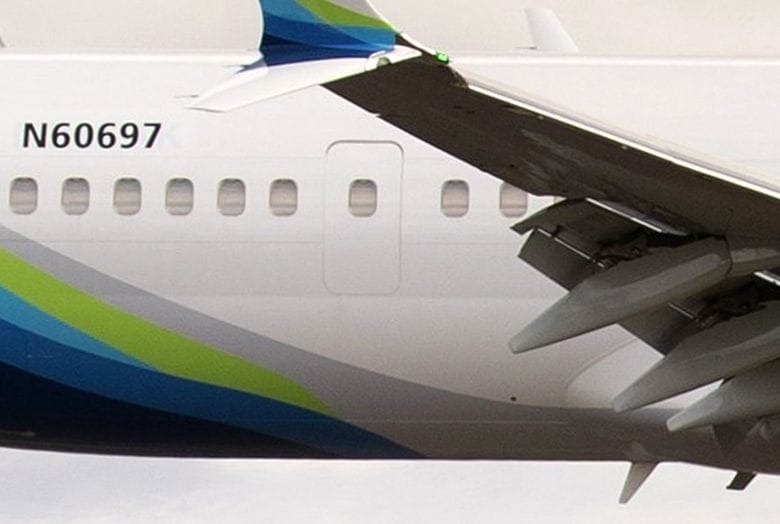
Commercial aircraft like the 737 are subject to stringent regulations regarding the number and placement of emergency exits depending on how many passengers the aircraft is to hold. However, the airplane maker doesn't want to build different fuselages because that would cost more money and if they built the airplane without the door plugs there would be little options if the aircraft operator wanted to reconfigure the aircraft. Here's where the door plug steps in. It's essentially a robust, pressure-sealed panel that seamlessly fills the space of an unused emergency exit, ensuring the fuselage remains airtight and structurally sound.
Door Plug Diversity
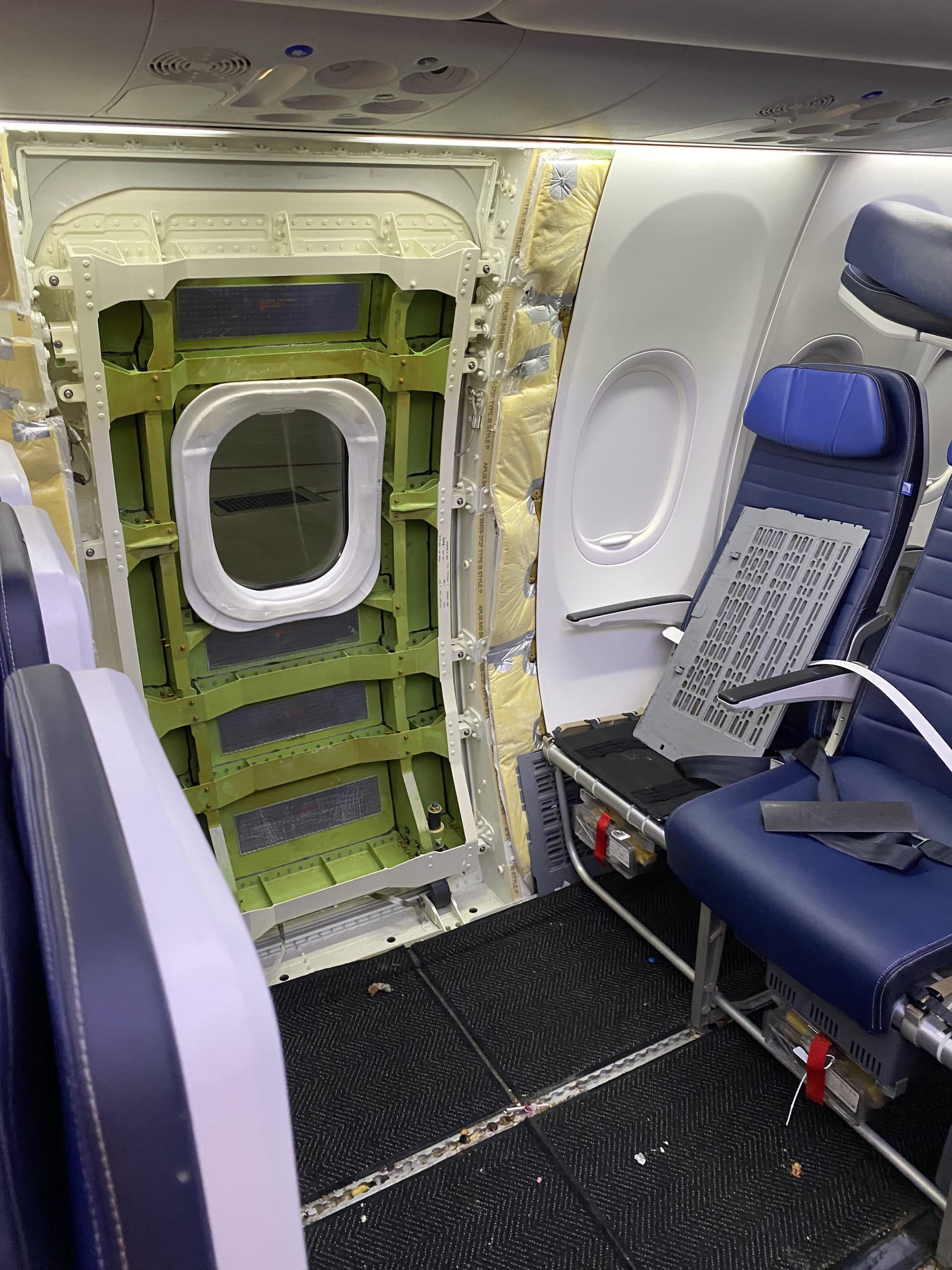
These door plugs come in various forms, tailored to specific aircraft models and airline needs. Some door plugs are permanent fixtures, seamlessly integrated into the fuselage, while others are removable panels, offering flexibility for cargo loading or maintenance needs. Their appearance can vary too, from blending discreetly with the aircraft's skin to sporting visible hinges and latches. Regardless of their form, each door plug undergoes rigorous testing and maintenance to withstand the immense pressure and stress of high-altitude flight. For most US carriers you can see the door plug from the outside of the aircraft right behind the wing, however on the inside of the airplane it looks as if the door isn't there.
The Alaska Airlines Incident: A Wake-Up Call
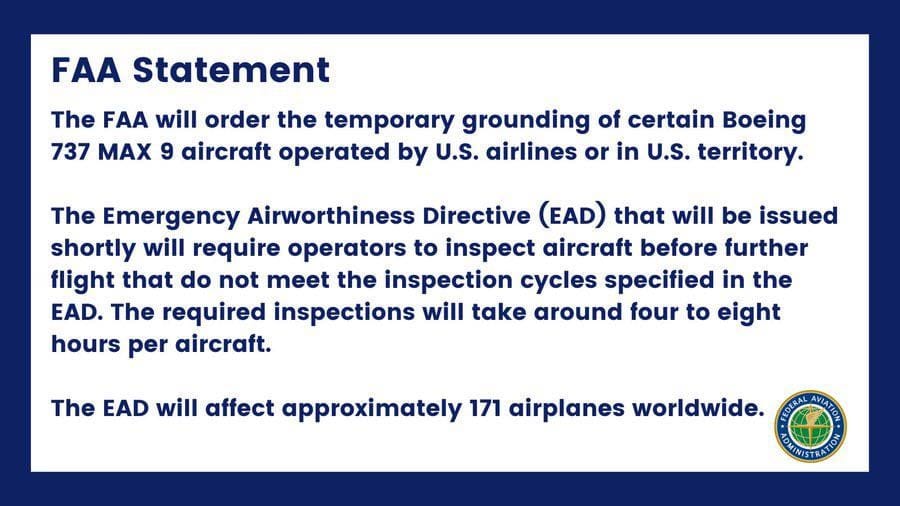
The Alaska 737 Max 9 incident in served as a stark reminder of the vital role door plugs play in maintaining flight safety. The sudden failure of the Alaska Airlines 737 Max 9's door plug triggered rapid decompression, forcing an emergency landing. While investigators are still unraveling the cause, the incident prompted temporary grounding of similar aircraft models and a thorough re-evaluation of door plug safety protocols.
What's interesting about this aircraft is that we had precursor event prior to the door being blown out. This 12 week old 737 Max 9 aircraft had pressurization issues a few days before its flight.
Conclusion
Door plugs play a critical roll in being an air tight seal to the pressurization of the aircraft while also being a structural replacement for a behind-the-wing exit that may not be needed. While this may likely only affect aircraft with the door plugs installed it may reach even further to aircraft that are fitted with actual emergency exits at these locations. For such a brand new aircraft there seems to be just problem after problem with this jet that really takes into question if this jet should still be flying. We will be monitoring this story closely as the 737 is a very popular aircraft around the world.

